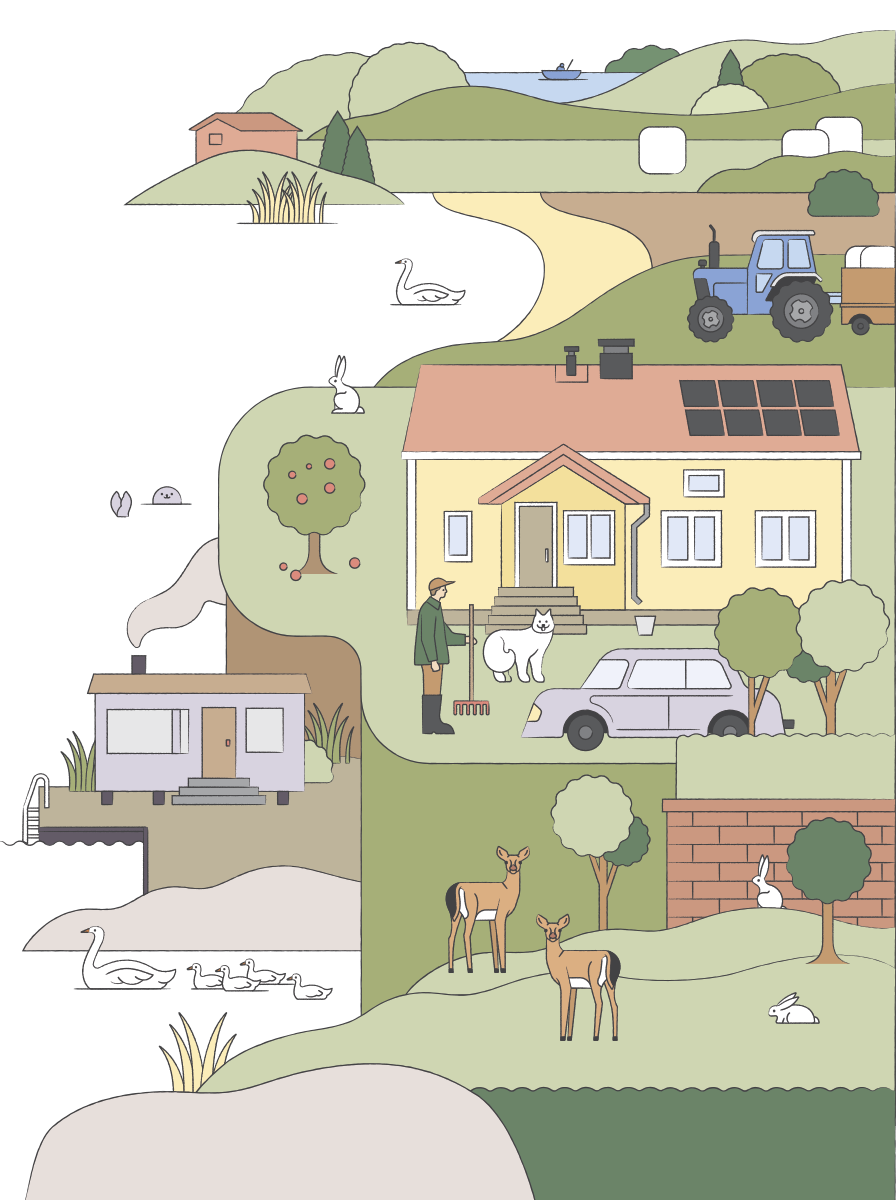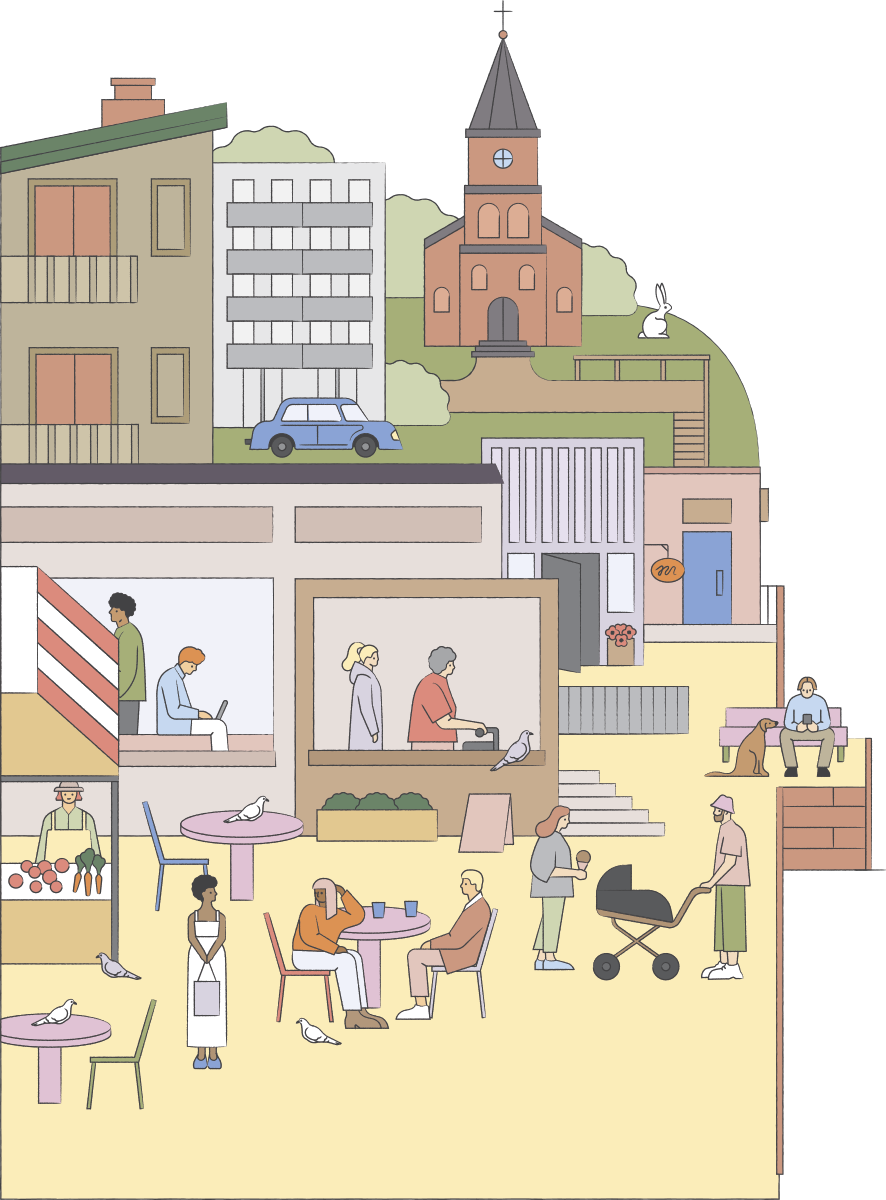Apartment houses’ energy consumption varies a great deal depending on, among other things, the year of completion and the chosen ventilation system. The houses completed in the 1950s–1990s often consume plenty of energy for heating. Houses older than this, which have thick walls and brick frames, and newer apartment houses consume less energy for heating.

When a building uses less energy for heating, the shares of warm domestic water and electricity increase respectively. In a passive house, the shares can be almost equal. A passive house is a building in which heating-energy loss is minimized by insulation, airtightness, and efficient heat recovery.
Repair construction usually produces lower carbon emissions compared to entirely new construction. According to a prospective study by VTT Technical Research Centre of Finland, renovated Finnish apartment houses have reduced in-use CO2 emissions by 30–70%. Renewable forms of energy are very important for these projects.
Buildings and structures from different periods require choosing the most applicable renovation methods. Costs are lower and building facades appear more consistent when housing companies in the same neighbourhood renovate together.




